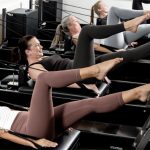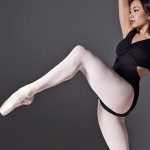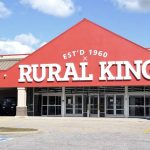Shoe Carnival was plagued by slower traffic in the second quarter, as slow-moving seasonal product notably sandals forced the retailer to increase promotional activity to liquidate the goods. The result was narrower margins and lower comp store results for the chain, leading to a sharp fall in net income for the quarter.
Adult athletic comps were up in low single digits for the quarter, leading to a slightly larger share of total sales. Women's athletic posted a mid single digit increase, while men's posted a low single digit decrease.
The Women's athletic business was driven by white fashion product (Classics) and running. Both categories experienced strong double-digit growth.
The Men's athletic business showed growth in white fashion and basketball. Retro basketball remains a strong category. The company has seen some price compression within basketball as retro product tends to bring lower retail. They have also seen price compression in men's running.
SCVL sold 2.5x the number of thongs this year versus last, but the “dramatically lower average selling price” caused a double digit negative comp for the quarter in sandals.
Inventories in athletic ended the quarter up low single digits. This increase was the result of a planned increase in women's athletic going into back-to-school.
SCVL did have a higher conversion rate of the customers that made it into their stores, but those gains were offset by the traffic issue and fewer items purchased per transaction.
The drop in gross margin was a result of a 40 basis point decline in merchandise margin and an 80 basis point increase in certain SG&A lines due to negative same-store sales.
Back-to-School is showing “significant improvement” over first half sales, with results picking up in mid-July with conversion rates and traffic turning positive in comp stores. The comp sales increase “accelerated in the early part of August”.
CEO Mark Lemond said, “We certainly hope it is not a short-lived trend.”
SCVL is forecasting EPS of 41 cents to 46 cents in Q3, versus 38 cents a share in 2002 and analysts estimate of 44 cents per share. The company expects same-store sales to be flat to up 2% in the third and fourth quarters, compared with a decline of 4.3% over the first six months of the fiscal year.
KEY METRICS:
- Inventories are up 17%, but only up 1% on a per-door basis.
- SG&A increased 150 BPS to 25.5%, due to de-leveraging effect of comp sales















